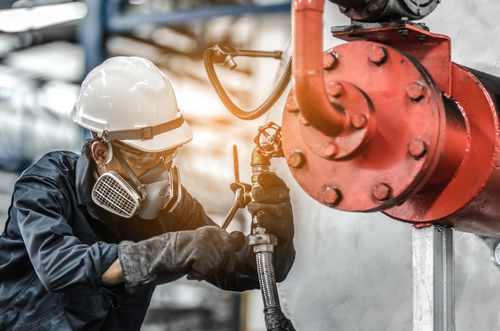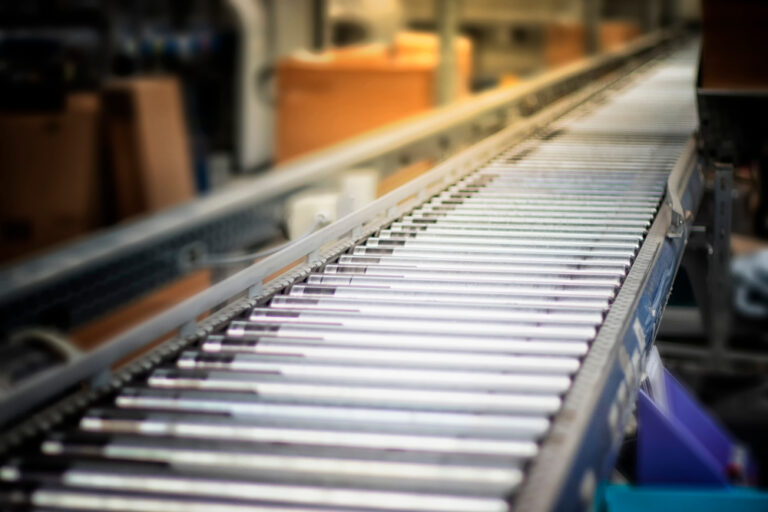Conveyor belts are core systems at the heart of several industries, as they keep materials moving and flowing throughout the factory or warehouse. When conveyor belts are damaged, this can significantly slow operations, and may increase hazards in the workplace as well. If left unchecked, conveyor belt damage can lead to conveyor belt failures that completely shut down processes until the belt system can be repaired. For this reason, it’s essential to be aware of and able to identify the different types of conveyor belt damage so you can address the issue before it goes off the rails.
Here are six types of conveyor belt damage, what causes them, and what you should do about them:
1. Roller and Idler Damage
It’s important to be aware of any damage to the rollers and idlers on your conveyor belt because this damage often results from wear and tear on other parts of the conveyor belt system. Rollers and idlers are essential for supporting the weight and impact of materials being moved along the conveyor belt, and when they get damaged or worn down your entire system is at risk of failure. Roller and idler damage can appear as significant wear on one or more rollers or may manifest as idlers being misaligned with the rest of the conveyor system.
2. Abrasions and Cuts on Belt Surface
Damage to the conveyor belt’s surface is likely to occur when materials are sharp or otherwise abrasive. Even if the materials are lightweight, like glass, sharp edges may gash and even cut through the belt if they are loaded onto the belt with enough force.
When moving abrasive materials, you should ensure that your belt is designed with a durable, high-grade material that can withstand potentially sharp materials. If you notice much gouging or tearing on your belt, it may be time to have it replaced with one of stronger quality.
3. Loose, Stretched Belt
A conveyor belt can get loose and stretched out if it is trying to support more weight than it can handle. When a conveyor belt gets stretched and disfigured, this can cause common failures like mistracking or belt slippage. Increasing the tension will only exacerbate the issue over time, as the belt is already compromised and pulled out of shape. A loose and stretched belt most likely needs to be replaced.
4. Material Carryback
Material carryback is one of the most common conveyor belt problems, as it’s to be expected that some materials will stick to the belt and get dragged underneath the conveyor as it turns around. While some build-up is fairly normal, it should be avoided and cleaned up as much as possible to avoid actual damage to the conveyor belt system.
Many types of conveyor belt damage occur as a result of material carryback, including grooves worn into the belt, scalloping on the belt seal, clogged pulleys and rollers, and even enough blockage to shut down the whole system. You may also see excess material spillage off of the conveyor belt as carryback compromises the surface of the conveyor belt system.
A simple way to reduce material carryback is by installing belt cleaners on the head or tail of the pulley system. These cleaners are designed to dislodge any carryback debris before it can move back and clog up the system.
5. Belt-edge Damage
Damage to the edges of a conveyor belt is a common result of mistracking, as the belt rubs against different parts of the system and gets worn down. If left unchecked, this friction can eat away at your belt’s edge and reduce the width of your conveyor belt enough that it affects how much materials the belt can hold as well as exposing the underlying components of the conveyor system to contaminants.
6. Delamination
Delamination occurs when the top of the conveyor belt peels off the lower section. The two main causes of delamination are too much tension on the belt or foreign materials getting into the belt. These foreign materials can be moisture, chemicals, dust, or debris from anything being loaded onto the belt. If any of these materials are allowed to get into the edge of the belt, it can start to separate. It should also be noted that belt-edge damage makes that portion of the conveyor belt more susceptible to delamination.
How to Prevent All Types of Conveyor Belt Damage
You may have noticed that many of the types of conveyor belt damage identified above are caused by (or otherwise related to!) each other. Conveyor belt damage is often systemic, because conveyor belt systems are designed with every part working together. So if one element becomes damaged, this can quickly lead to other wear and tear in the equipment.
To avoid the majority of conveyor belt damage, the best thing to do is to schedule regular maintenance on your conveyor belt system with a professional mechanical contractor. Experts like our team, as Mathews Mechanical will be able to quickly identify problem areas and perform necessary repairs to keep your conveyor belt system functioning at peak performance levels, significantly reducing the risk of failures.
Of course, we’re more than just your maintenance go-to. We also offer full design and installation of material handling solutions to improve the quality and functionality of your entire operation! Contact us to learn more about how our team can help you repair, install, and maintain your industrial equipment.






